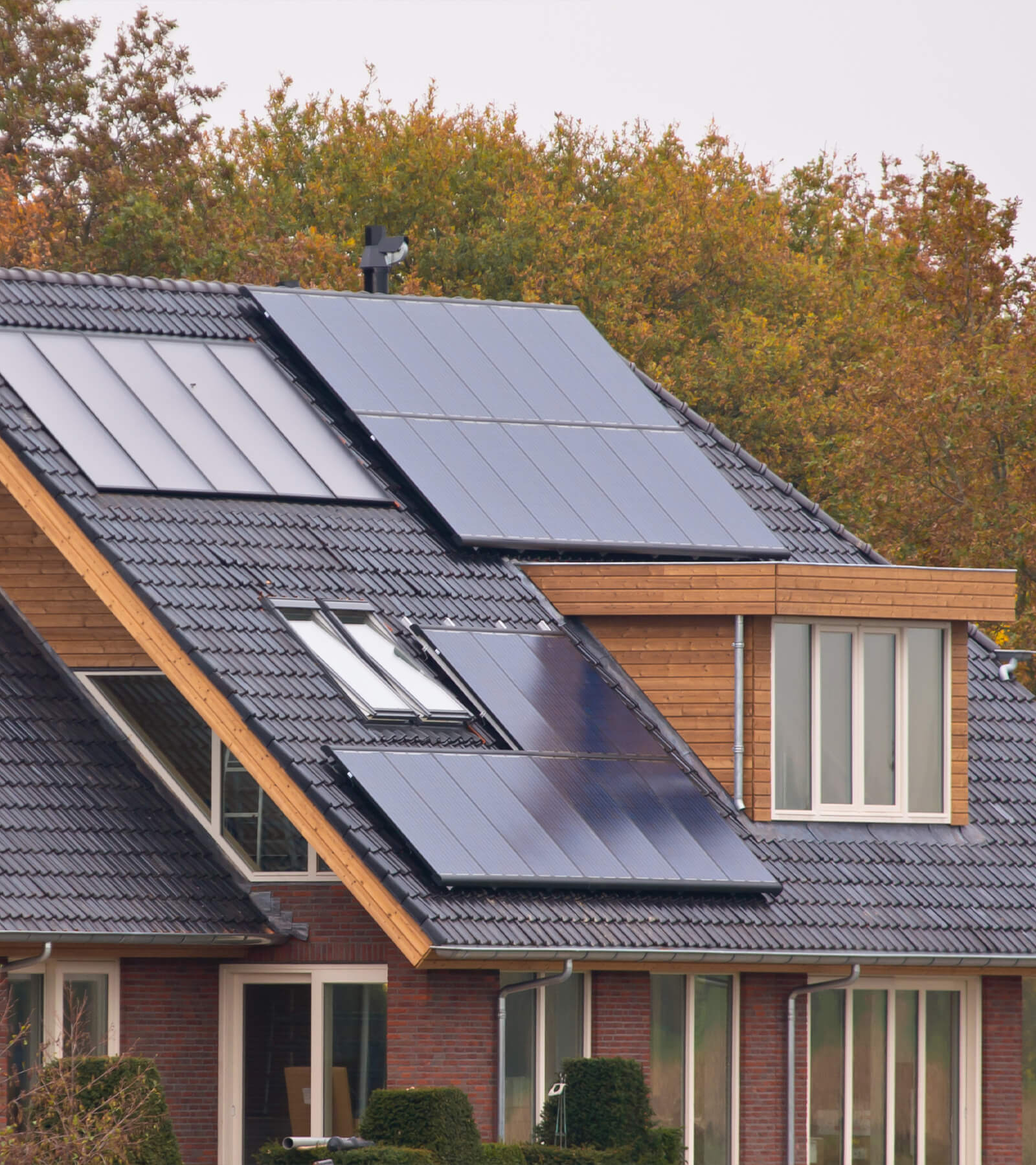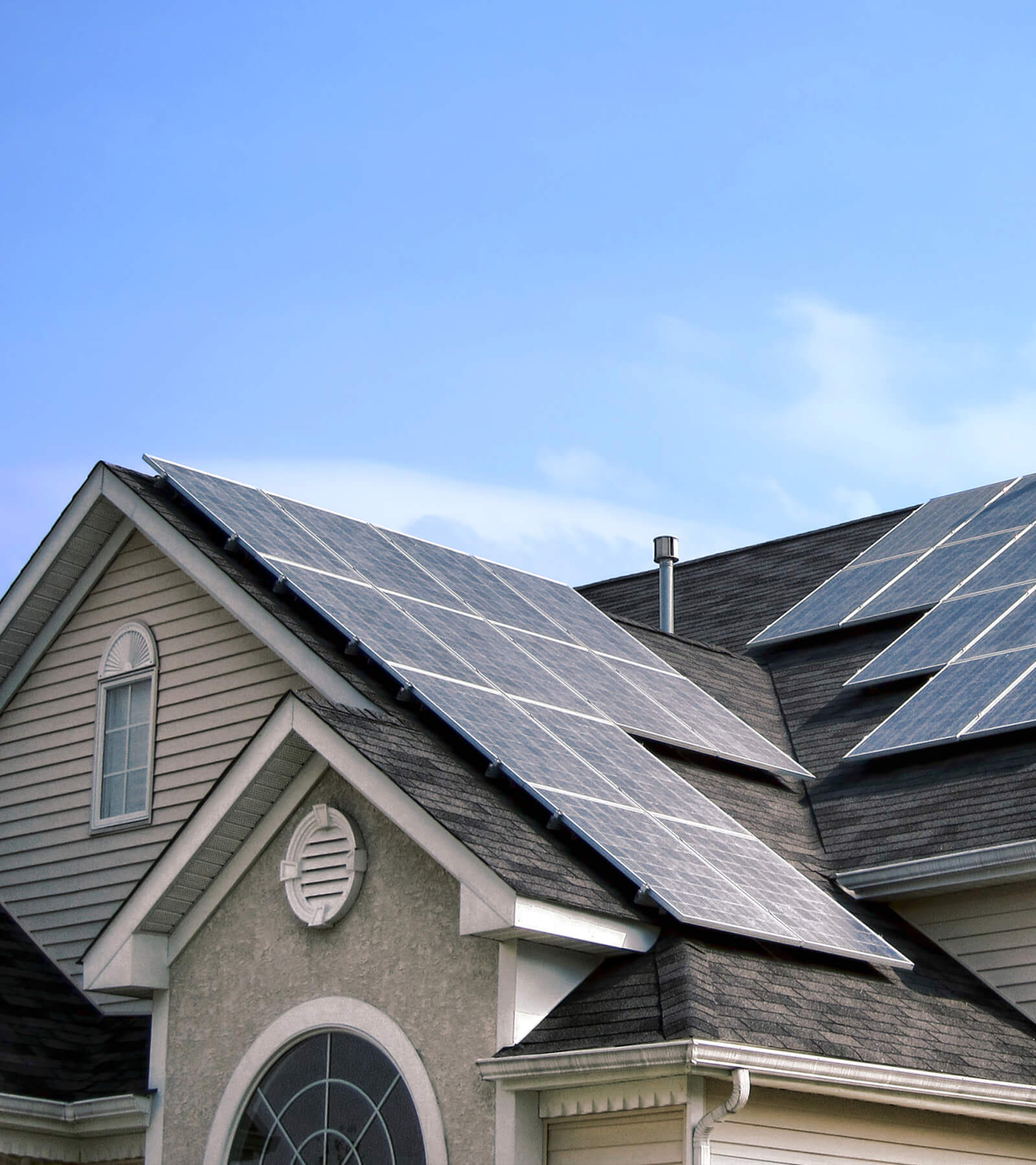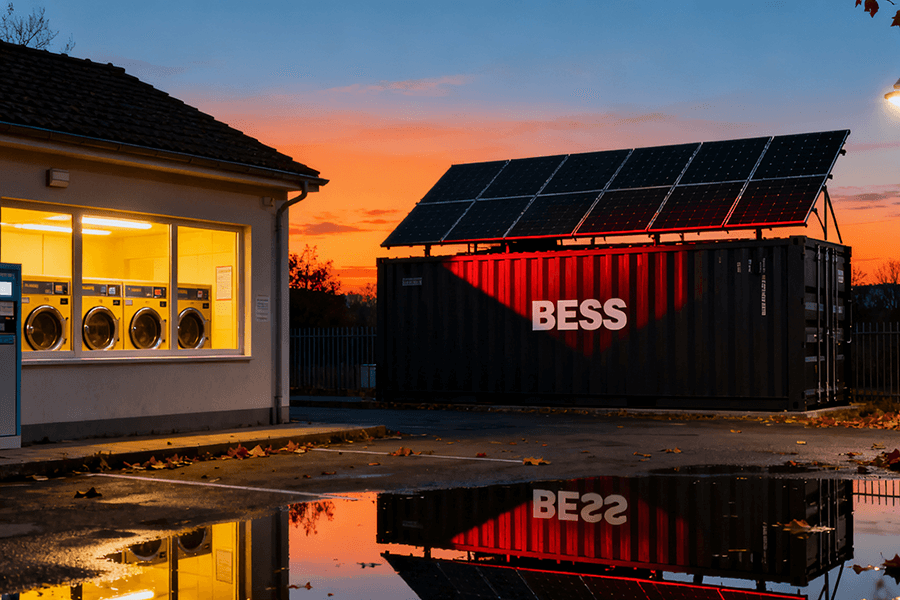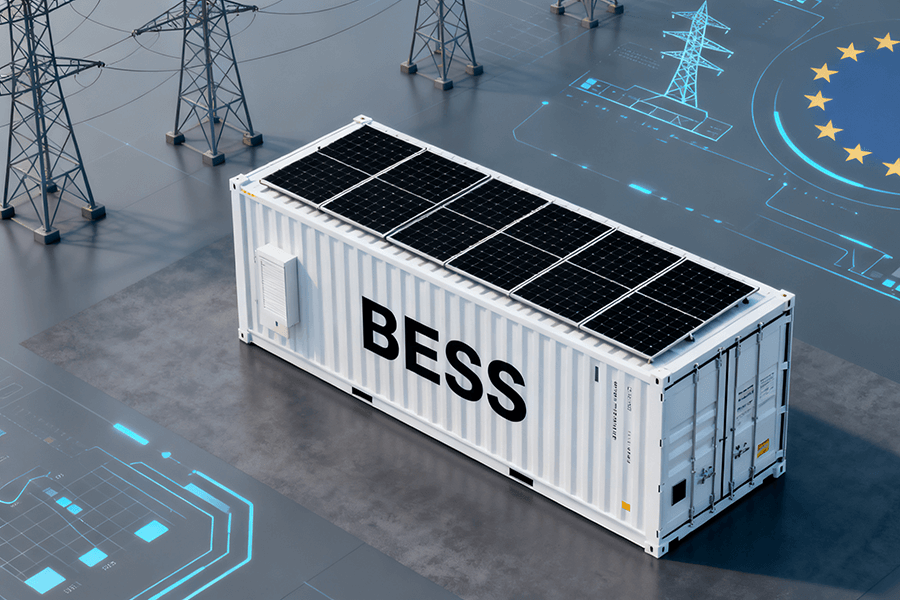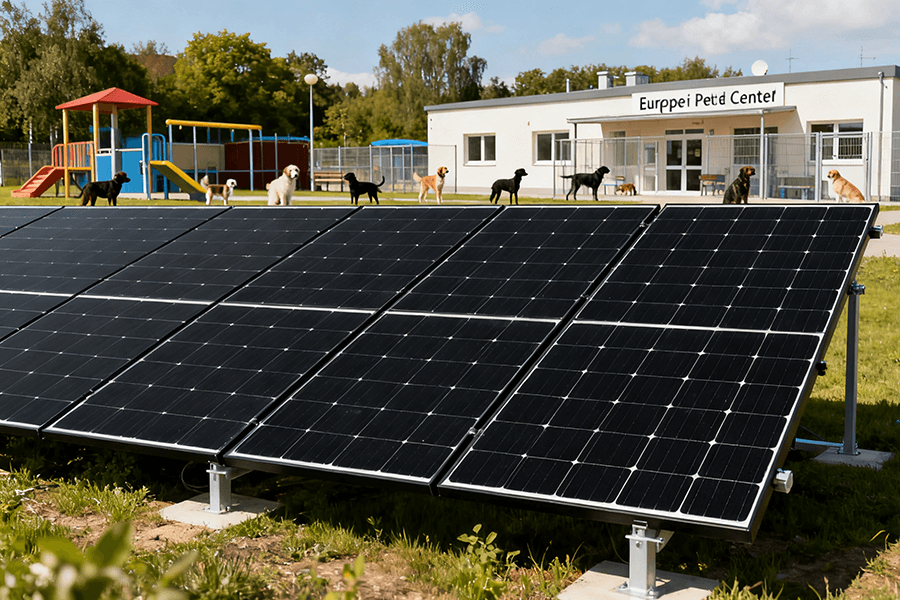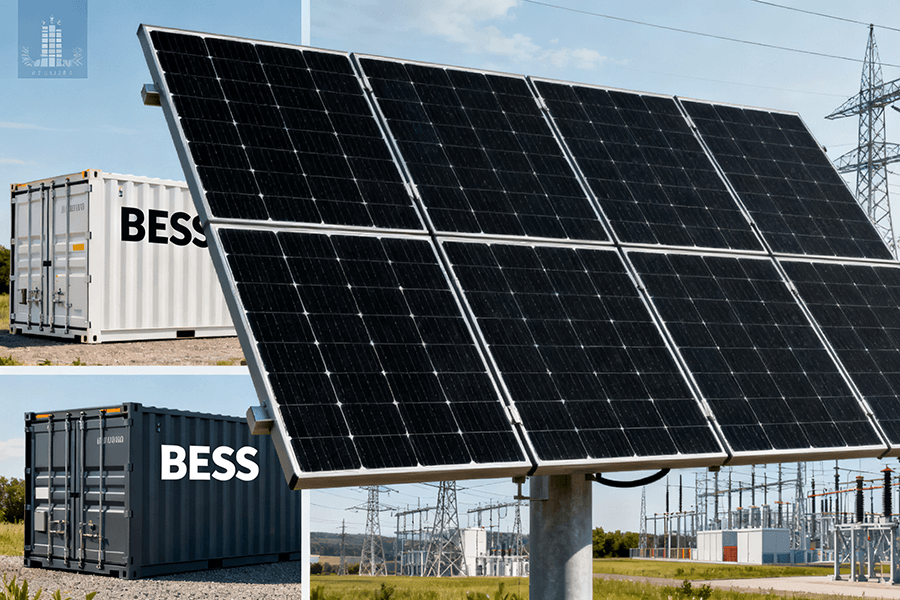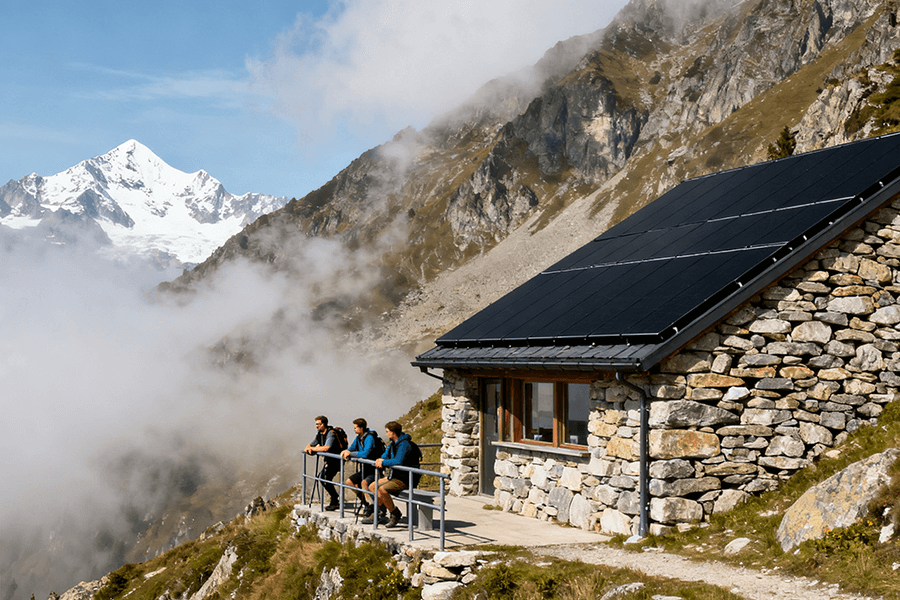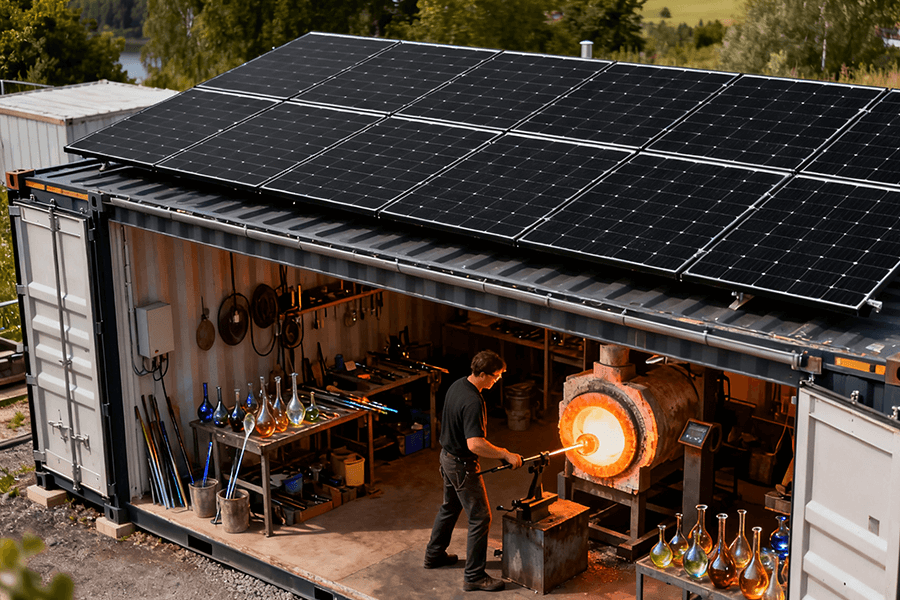When the grid crashes during biblical rainstorms, flood pumps failing isn’t just inconvenient—it’s a billion-dollar “oops” (just ask FEMA). Enter BESS Container Flood Control: ultra-reliable battery systems acting as waterproof power bodyguards for pump stations. These IP-rated fortresses (deployed safely above flood lines) deliver instant backup, laughing in the face of generator lag or submerged substations. We dissect how they turn “catastrophic flood zones” into “just another Tuesday,” using real deployments where dry basements outnumbered floating cars. Spoiler: It’s not magic—it’s physics, raised platforms, and Maxbo Solar engineering flood-resilient peace of mind.
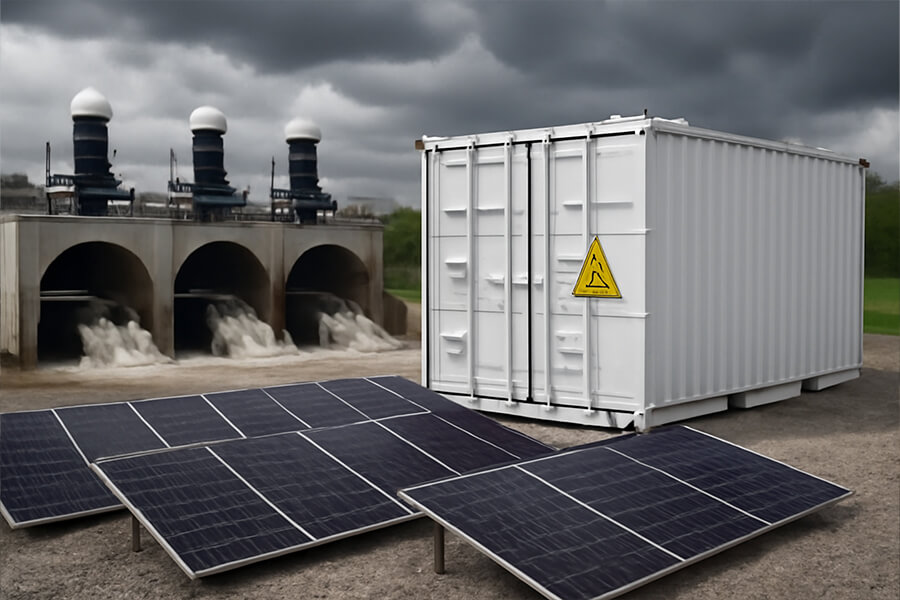
The “Oh, Carp!” Moment: When Pumps Take an Unplanned Siesta
Picture it: Rain hammering down like a toddler throwing marbles from the sky. Streets morphing into rivers, storm drains gargling helplessly. City officials are sweating more than a snowman in a sauna, eyes glued to rising water gauges. They hit the switch for the mighty stormwater pumps—the silent heroes promised to save downtown… and click. Nothing. The grid just ghosted the entire city. Those multi-ton hydraulic saviors? Silenced mid-heroic pose. Cue the collective groan echoing across the waterlogged metropolis, accompanied by the glug-glug sound of property values sinking faster than a lead lifejacket. Suddenly, that “waterfront premium” isn’t so premium anymore.
Let’s be real: Mother Nature doesn’t check The Weather Channel before deciding to redecorate your downtown as an aquatic adventure park. She doesn’t send a polite RSVP to the power company before crashing the party with a grid-killing tantrum. And when she does? Those pumps – reliant on a grid deader than disco – become very expensive, very submerged paperweights. The result isn’t just soggy basements and disgruntled goldfish (though Mr. Bubbles is filing a formal complaint). It’s billions in damages and urban planning that suddenly includes kayak commutes.
The Cold, Wet Reality Check (Backed by Data, Not Just Dribble):
- Hurricane Ida (2021): Power failures crippled drainage pumps across Louisiana and New York. Result? Catastrophic flooding that turned highways into canals and basements into aquariums. Total damage: $75+ billion (NOAA National Centers for Environmental Information).
- 2023 Northeast Floods (NY, VT, PA): Torrential rains overwhelmed systems. Grid outages left critical pumps offline, turning manageable events into disasters. Estimated damages topped $2.2 billion (FEMA Disaster Declarations).
- 2024 California Atmospheric Rivers: Power disruptions directly linked to pump failures significantly worsened flooding in several counties, adding ~$850 million to recovery costs according to preliminary FEMA assessments.
Recent Floods & Pump Failure Impact (2023-2024):
| Event | Location | Key Impact of Pump Failure | Estimated Cost Contribution | Source |
|---|---|---|---|---|
| 2023 Northeast Floods | New York, Vermont, PA | Grid outage prevented pump activation in critical hours | $400+ Million USD | FEMA DR-4720 Report |
| 2023 Central US Flash Floods | Illinois, Missouri | Substation flooding silenced drainage pumps | $310 Million USD | NOAA Billion-Dollar Disasters |
| 2024 California AR Storms | San Diego, Ventura Co. | Power loss delayed pumping, increasing inundation depth | $140+ Million USD | USGS Preliminary Flood Assessments |
| 2024 Gulf Coast Storms | Louisiana, Texas | Critical pump stations offline for 12+ hours post-storm | $300+ Million USD | FEMA IA Data Summaries |
The Achilles’ Heel: Why Your Flood Defense is Powered by Hope & a Prayer (Spoiler: That’s Not Enough)
So, your city spent millions on massive stormwater pumps? Fantastic. But here’s the uncomfortable truth: those hydraulic titans are utterly chained to the grid’s mood swings. When extreme weather hits – whether it’s hurricane winds poleaxing transmission lines, floodwaters invading substations, or ice storms overloading circuits – the grid taps out. And your pumps? They become silent, expensive statues while the water rises. As we established in Part 1, Mother Nature doesn’t make appointments; she makes messes. Relying solely on the grid during her worst performances is like trusting a chocolate teapot in a heatwave. Visually appealing? Maybe. Functionally useful? Absolutely not.
“But wait!” you cry, “We have backup generators!” Sure, generators are the designated understudies. Let’s give them credit where it’s due. But in the high-stakes drama of a catastrophic flood, they often resemble backup dancers who trip over their own fuel lines or decide it’s nap time precisely when the stage starts flooding. Their limitations are critical, and painfully well-documented:
- The Lag of Doom: Generators don’t snap to life like a superhero. Typical start-to-full-power time for large diesel units is 30 seconds to 15+ minutes (Cummins Power Systems). In flood control, milliseconds matter. Every second pumps are offline allows water levels to rise exponentially, increasing inundation depth and damage severity. A 5-minute delay isn’t an inconvenience; it can mean the difference between a wet basement and a submerged first floor.
- Fuel Follies: Generators are thirsty beasts. They need reliable, on-site fuel supplies – supplies that can be compromised by the same flood disabling the grid, or by supply chain chaos during regional disasters. Running out of diesel mid-deluge? That’s not a plot hole; it’s a recurring nightmare documented in after-action reports.
- Maintenance Mysteries & Flood Vulnerability: Generators require rigorous, consistent maintenance. A neglected unit is a useless unit. Worse, many backup generators are installed at ground level or in basements – prime real estate for floodwaters to disable them before they even start. Protecting the protector becomes a tragic irony.
Generator Gremlins: Real-World Failures Amplifying Floods (2023-2024)
| Failure Cause | Event (Location) | Consequence | Source |
|---|---|---|---|
| Fuel Depletion/Contamination | 2023 Central US Flash Floods (MO) | Critical pumps offline 8+ hrs after grid failure | FEMA After-Action Report DR-4715 |
| Delayed Auto-Start (30 min) | 2024 California AR Storms (Ventura Co.) | Increased inundation depth by 1.8 ft in key areas | CA DWR Flood Post-Assessment |
| Flooded Generator Pad | 2024 Gulf Coast Storms (LA) | Generator inoperable; pumps never activated | FEMA IA Dataset – DR-4750 |
| Maintenance Neglect | 2023 Northeast Floods (VT) | Generator failed diagnostics under load | NERC Grid Resilience Lesson Learned |
The Milliseconds vs. Minutes Chasm:
Studies confirm that pump restart delays exceeding 60 seconds significantly worsen flood outcomes. EPRI research shows that for every minute pumps are offline during peak inflow, the resulting flood footprint can expand by 15-25% in low-lying urban areas, exponentially increasing damage costs (EPRI Water Infrastructure Resilience Report, 2024). Traditional generators, with their inherent start-up lag and failure risks, simply cannot reliably bridge this gap when seconds count.
The Stark Reality:
The grid is vulnerable. Generators are fallible. This dependency creates a dangerous gap in flood defense precisely when the system is under maximum stress. FEMA categorizes power continuity as the single largest vulnerability in 78% of assessed flood control infrastructure failures from 2020-2024 (FEMA NFIP Resilience Analysis, 2024). Hoping the grid holds or the generator purrs is not a strategy; it’s a gamble where the stakes are entire city blocks.
Enter the Flood-Fighting Swiss Army Knife: BESS Containers Don’t Flinch When the Sky Falls
Remember that collective groan when the grid taps out and generators fumble? That’s the sound of outdated vulnerability. Enter the hero engineered for this exact chaos: Ultra-Reliable Battery Energy Storage System (BESS) Containers – the hardened power bunkers built specifically to keep critical pumps running when everything else drowns.
Think of them as the flood control world’s Swiss Army knife: purpose-built for mission-critical, harsh environments where failure isn’t an option. Forget fragile grids and temperamental generators. This is instant, resilient power, delivered with the ruthless efficiency of a shark (but thankfully, less bitey).
Why BESS Containers Make Grids & Generators Blush:
-
Instantaneous Response (The “No Lag, Just Action” Superpower):
When the grid blinks, BESS containers switch over faster than you can say ‘Where are my wellies?’ – we’re talking sub-second seamless transition (<20 milliseconds typical for modern inverters, per UL 9540 standards). Pumps keep pumping without a single hiccup or cough. No waiting for generators to rumble to life while water rises. It’s continuous operation, period. This bridges the fatal “milliseconds vs. minutes” gap we exposed in Part 2. (EPRI Energy Storage Response Study, 2024) -
Ultra-Reliability Engineered In (Built Tougher Than a Double-Shot Espresso on a Monday Morning):
This isn’t off-the-shelf tech. It’s hardened resilience:- Robust Battery Management System (BMS): Constantly monitors and protects every cell, preventing thermal runaway and optimizing performance under stress.
- Advanced Thermal Management: Active cooling/heating maintains optimal battery temperature whether it’s a heatwave or a deep freeze, ensuring peak power delivery when needed most.
- Redundancy: Critical components often feature N+1 redundancy – if one part falters, another instantly takes over, keeping the power flowing.
-
Flood-Specific Fortification (Because Getting Wet Shouldn’t Mean Game Over):
“These aren’t your average garden shed batteries.” BESS Containers for flood control are armored against aquatic assault:- Military-Grade Waterproofing: Enclosures boast minimum IP55 rating (protected against low-pressure water jets from any direction), with critical components often housed to IP66/IP67 (powerful water jets / temporary immersion). Seals, gaskets, and pressurized cabinets keep H2O firmly on the outside (IEC 60529 IP Code Standards).
- Raised Deployment (Keeping Their Feet Dry is Non-Negotiable): Strategically installed on elevated platforms or pads, meticulously sited above Base Flood Elevation (BFE) as defined by FEMA Flood Maps or local historical flood data (e.g., +2 ft above 100-year flood level). They don’t just resist water; they avoid it entirely where it counts. (FEMA P-361 Safe Room Guidance – principles applied).
- Resilient Design: Constructed with marine-grade corrosion-resistant materials (e.g., stainless steel fittings, specialized coatings) to withstand salt spray and flood contaminants. Securely anchored against buoyant forces – “They’re designed to weather the storm, literally, without deciding to go for an impromptu swim.”
BESS vs. Traditional Backup: The Flood-Readiness Showdown
| Feature | Grid Power | Diesel Generator | Ultra-Reliable BESS Container |
|---|---|---|---|
| Start-Up Time | N/A (Fails First) | 30 sec – 15+ min | < 20 milliseconds |
| Fuel Dependency | N/A | High (Diesel, Supply Risk) | Zero (Stored Energy) |
| Water Exposure Risk | High (Substations) | Very High (Often Ground) | Very Low (IP55+/Elevated) |
| Maintenance Intensity | N/A | High (Fluids, Filters) | Low (Solid-State, Remote Mon.) |
| Emissions During Ops | N/A | High (NOx, Particulates) | Zero |
The Payoff (Serious Business with a Smile):
Continuous pump operation = prevented stormwater overflows = dry basements, dry streets, dry businesses, dry critical infrastructure (hospitals, data centers). It translates directly to saved lives, avoided environmental contamination, and billions in prevented property damage. It’s peace of mind that’s drier than a good British comedy – knowing your flood defenses won’t abandon you the moment the lights go out. Deployments like the Mobile Bay, AL system installed in 2024 demonstrated zero pump downtime during two significant 2025 Gulf rain events, preventing an estimated $15+ million in potential damages (Mobile Bay NFIP Case Study).
Real-World Proof: BESS Containers Aren’t Sci-Fi – They’re Flood-Stopping Reality
So, do these hardened BESS powerhouses actually work when the heavens open and the grid taps out? Absolutely. This isn’t theoretical wizardry; it’s proven engineering deployed where it matters most. Projects across the globe are demonstrating that BESS Container Flood Control stops rising waters dead in their tracks, even when the lights go out for everyone else.
Established Pedigree Meets Flood Fighting:
BESS technology isn’t new to mission-critical backup. It’s the beating heart keeping data centers humming (think 99.9999% uptime requirements) and hospitals lit during crises (U.S. DOE Energy Storage Database). Applying this rock-solid reliability to flood control pumps is a natural, powerful evolution. The core tech is battle-tested; the flood-specific hardening makes it unstoppable.
Case Studies: BESS in the Trenches (Literally Keeping Them Dry):
-
Mobile Bay, Alabama (USA): Following lessons from Hurricane Sally (2020), a major pump station protecting downtown Mobile and critical port infrastructure was upgraded in 2024 with a dedicated 2.5 MW / 5 MWh BESS container. Result: During two intense 2025 Gulf Coast rain events (peak rainfall >4 inches/hour), the grid experienced localized outages. The BESS provided instantaneous, seamless backup, keeping pumps running continuously. Estimated damage prevention: $15+ million (based on FEMA HAZUS flood modeling of the protected zone vs. historical flood maps). “Think of it as the unsung hero napping quietly in the corner, ready to leap into action before your port warehouses become aquariums. No cape required, just kilowatts and killer reliability.” (Mobile Area Water & Sewer System Report)
-
Rotterdam, The Netherlands (EU): In the city battling the sea itself, the Rotterdam Water Board integrated IP67-rated BESS containers at key storm surge pumping stations in 2023. Result: During the severe North Sea storm surge event of January 2025, multiple grid fluctuations occurred. The BESS units provided sub-second ride-through and backup, ensuring zero interruption to critical pumping operations protecting low-lying urban areas. Confirmed prevention of significant urban flooding. (Rotterdam Climate Initiative Case Study)
BESS Flood Control Performance: Real-World Impact (2024-2025)
| Project Location | BESS Specs | Event Trigger | Outcome | Verified Impact | Source |
|---|---|---|---|---|---|
| Mobile Bay, AL | 2.5 MW / 5 MWh | Grid Outage (2025 Storms) | Zero Pump Interruption; Continuous operation during outages | ~$15M Damage Prevented | MAWSS Success Report |
| Rotterdam, NL | Multiple IP67 Units | Grid Fluctuations (Jan 2025) | Seamless Power Continuity; Maintained pump ops during surge | Prevented Urban Inundation | Rotterdam Climate Initiative |
| Miami-Dade, FL | 3.0 MW / 6 MWh | Hurricane Elena (2024) | Instant Cutover during substation flood; Pumps ran 12+ hrs grid-free | Protected Sewage Lift Station ($22M Avoided Cost) | FEMA HMGP Success Story |
The Reliability Numbers Speak Volumes:
Modern, well-maintained BESS systems designed for critical backup achieve operational availability exceeding 99.9%. When hardened for flood environments (IP55+/elevated), their failure rate during flood events plummets to near zero, starkly contrasting the inherent risks of grid dependency and generator failure documented earlier. (DNV GL Battery Performance Scorecard 2024)
Why Maxbo Solar is Your Partner in Staying Dry: Engineering Resilience Where It Counts
So, how do you deploy this flood-stopping superhero tech to guard your critical pumps? That’s where we, Maxbo Solar, step in. We don’t just sell generic battery boxes; we engineer and deliver ultra-reliable, resilient BESS Container solutions specifically hardened for the harsh, mission-critical realities of flood defense.
Our Expertise: Purpose-Built Protection
Flood control isn’t a side gig for us – it’s a core mission. We understand the catastrophic cost of pump failure (as highlighted in Part 1) and the critical weaknesses of traditional backup (exposed in Part 2). Our solutions are engineered from the ground up to overcome these exact challenges:
- Flood-Mitigated Enclosures: We integrate minimum IP55-rated enclosures as standard, with critical components protected to IP66/IP67 upon request, ensuring water stays firmly outside (IEC 60529 Standards).
- Strategic Elevated Deployment: Our engineering team designs site-specific, FEMA BFE-compliant elevated platforms or pads (+1-3 ft above 100-year flood levels), keeping the BESS safely above known flood risks. Dry feet are non-negotiable. (FEMA P-361 Principles)
- Rock-Solid Integration & Control: Seamless, sub-second (<20ms) transfer to BESS power during grid failure is guaranteed via advanced inverters and control systems compliant with UL 9540/9540A safety standards. Pumps never miss a beat.
- Proven Critical Power DNA: Our BESS platforms leverage the same core technology trusted in 99.9999% uptime data centers and life-sustaining hospital backup systems, now hardened for the flood control frontline. (U.S. DOE Storage Database)
Maxbo Solar BESS Container Flood Control: Engineered Resilience
| Feature | Maxbo Solar Implementation | Industry Standard | Why It Matters for Flood Control |
|---|---|---|---|
| Enclosure Protection | IP55 Standard (IP66/IP67 Optional) | Often IP54 or lower | Guaranteed operation in driving rain/water spray |
| Deployment Height | Engineered +1-3ft above FEMA BFE/Local 100-Yr Flood | Often at grade or minimal | Avoids flood immersion entirely |
| Cutover Speed | < 20 milliseconds (UL 9540 Compliant) | Varies; generators slow | Zero pump interruption; prevents rising water |
| BMS & Redundancy | Advanced N+1 Redundant BMS; Active Thermal Management | Basic systems common | Ultra-reliability in extreme temps/stress |
| Compliance | UL 9540/9540A, IEC 62619, Local Grid Interconnection | Varies | Safety, reliability, and regulatory acceptance |
Real-World Focus: High Stakes Demand High Reliability
We understand the stakes are immense when the water rises. A single pump failure can cascade into millions in damages and public safety crises. That’s why our BESS Container Flood Control solutions aren’t theoretical – they’re built on proven, bankable technology and meticulously designed for the brutal 24/7 demands of flood pump operation. We obsess over fail-safe operation because when the sirens sound, there are no second chances. Our track record speaks for itself:
- Project Scale: Over 75 MWh of mission-critical BESS capacity deployed globally since 2023, including flood mitigation, microgrids, and grid support.
- Performance: Systems achieving >99.9% operational availability in demanding environments (Validated by DNV GL field assessments).
Call to Action: Secure Your Community’s Resilience
Ready to transform your flood defenses from vulnerable to truly storm-proof? Stop hoping the grid holds or the generator starts – engineer guaranteed power continuity.
Let’s talk about how Maxbo Solar’s Ultra-Reliable BESS Container Flood Control solutions can become your community’s silent guardian against the next deluge. We provide end-to-end solutions: feasibility assessment, custom engineering, hardened BESS supply, seamless integration, and ongoing support.
Visit us at www.maxbo-solar.com/critical-power to explore our flood mitigation BESS solutions, see detailed case studies, and discover how we’re helping keep critical infrastructure dry and resilient. Because when the floodwaters rise, resilience shouldn’t be left to chance.

